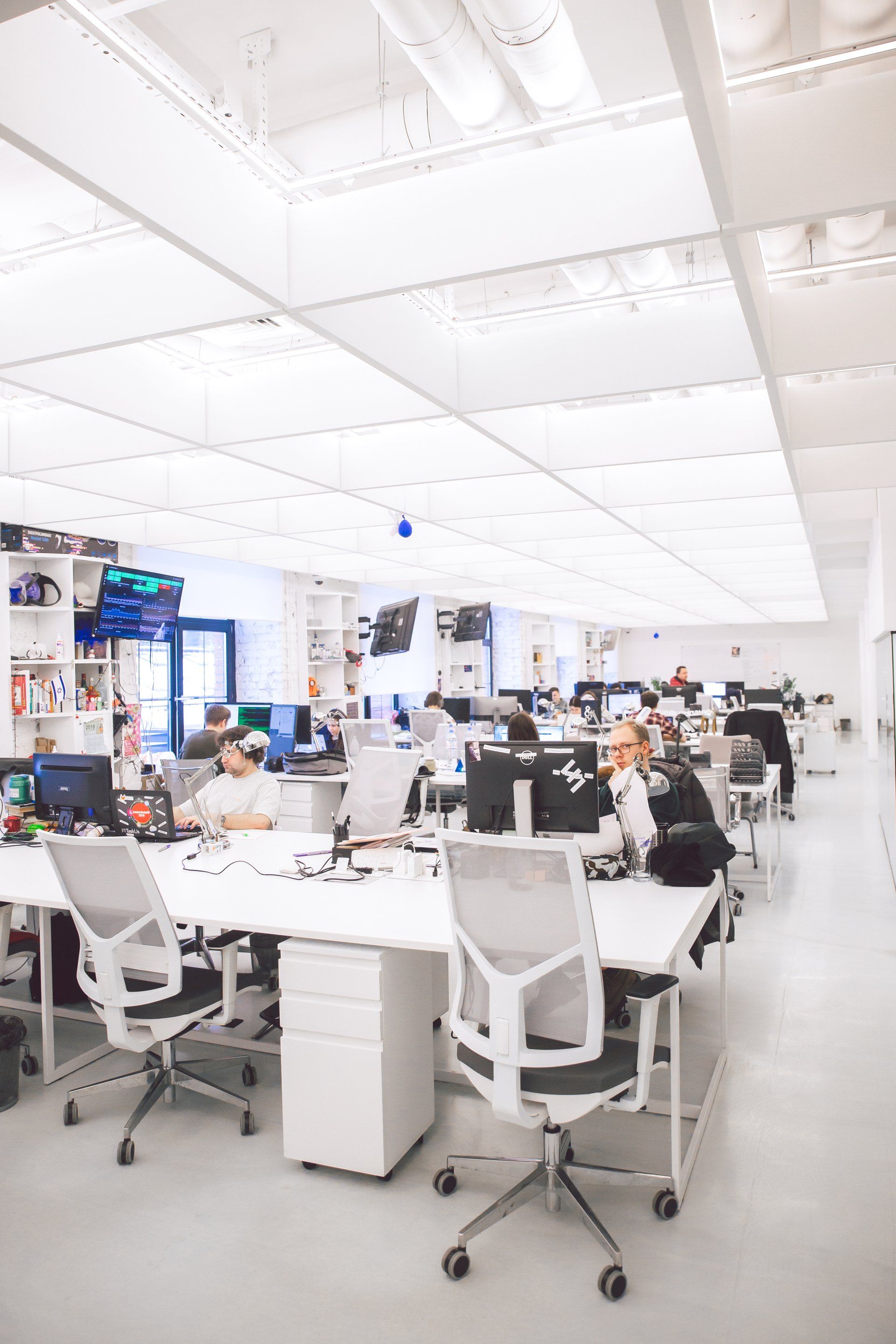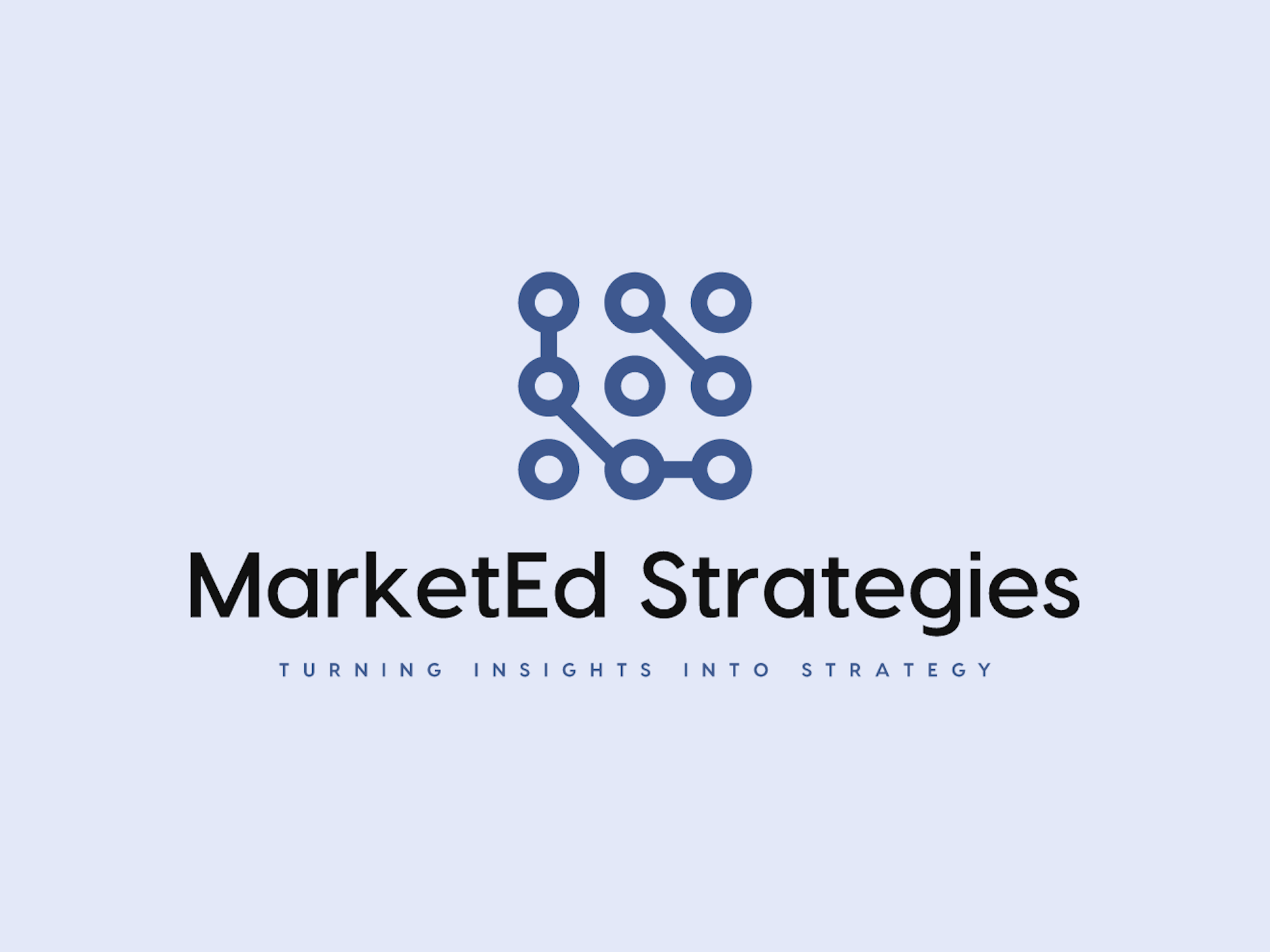Blog

By Tanja Radivoevska
•
October 9, 2023
As employers and students question the value of traditional degrees amid an $8.5 trillion skills gap, the dominant form of higher education in regions following the US or UK model deserves some scrutiny. Is there space for another model, what about vocational training, and what can be learned from other geographies and alternative models? The need for alternative models: Data indicates that 87% of employers believe entry-level graduates lack necessary skills . Graduate employment rates vary by education model. In 2022, EU graduate employment across all secondary and post-secondary education levels was 82.4%, with Germany, the Netherlands and Luxembourg scoring over 92%. By contrast, US comparable data shows 80% of recent grads employed, with a high school diploma or higher attainment – a 12% lower than the EU’s highest performers. What does applied education look like? Applied education models have been in use for many years across several countries with a degree that integrates work and on-the-job learning in the curriculum. I list four models below for comparison: The co-op model (cooperative education) which is particularly widespread in Germany, Switzerland, Austria and the Netherlands. In Germany, it is known as the Duales Studium program, which accounts for more than 50% of all higher ed degrees and has seen the number of programs, participating employers and students rise in 2022 relative to the pre-Covid period , by 5%, 11% and 12% respectively. A hallmark of this model is not a summer internship, but rather work placement where students alternate between work and studies or have a semester of studies followed by a semester of work, with work experience being an integral part of the curriculum including academic credit and evaluation. Unlike most summer internships in the US higher ed model, work-study programs are paid. The key is a well-designed curriculum with an institutional capability that evaluates work programs and builds a robust network of industry partners who offer work programs of mutual benefit for the employer and the academic institution. Closer to home, It's particularly intriguing to watch the Higher Colleges of Technology (HCT) , one of the leading providers of applied education in the region, and a trailblazer in educational innovation and technology, as it actively steers and aligns its degree and diploma programs with the continually evolving demands of the labor market. Simulated workplace models are key for careers where experiential learning and practice is a must, such as in healthcare, aviation, engineering. Typically, experiential learning takes place in a simulated environment usually facilitated by a lab. Emirates Aviation University could be considered an institution that applies this model, but the applicability is much wider – think medical labs, chemistry labs, engineering simulators. The number of ed tech and industry solutions that can simulate anything from flight to dissecting human cadavers are many. This is more about the application of technology solutions or simulators and as such it has applicability across the higher ed spectrum as well as vocational training. Project-based learning models are often those that require application of theory and finding a solution to a real-world challenge. Apart from collaboration and applied learning, often research and innovation could lead to entrepreneurial opportunities. Entrepreneurship and innovation hubs have now become a feature of many GCC universities, like KAUST, KFUPM, AUS. While this is useful to promote innovation, commercialize research and foster entrepreneurship, it does not have a wide sweep across all programs and students. Alternatively, educational institutions can use collaborations with private sector for project-based learning at key points in the curriculum where the project is of mutual benefit for both partners. Vocational education models – vocational education is key to providing an alternative model for a large cohort of learners who require occupation or trade-oriented skills but may not necessarily wish to go to university. It is also key to raising youth and overall employment and should be a strategic focus for countries where youth unemployment is high. In addition, vocational training is key to offering access and opportunities for life-long learning and reskilling / upskilling across the population. The TAFE (Technical & Further Education) institutions in Australia, with over 1 million learners in 2022 (50% of all government-funded learners, and 7% of the population of ages 15 -64), is a good example of how technical and vocational education provides alternative pathways for industry-specific training and degrees. By contrast, the Technical and Vocational Training Corporation or TVTC in Saudi Arabia has just under 270,000 learners to date (1% of its 15-64 age group population), focusing on attracting high school graduates. The difference in numbers no doubt has to do with the fact that the TAFE has a longer history and a well-ingrained institutional framework that combine vocational and higher education, while in the GCC public perception of the value of technical education is still evolving. In addition to enhancing graduate employa bility, applied education models, especially the Co-op model, open doors to alternative education financing, including public-private partnerships, subsidizing tuition fees, and funding specific degree programs. In an ever-evolving job landscape, the significance of applied and vocational education models cannot be overstated. They offer adaptable pathways to skill development, employment, and lifelong learning. In the Middle East, embracing applied education opens doors to a skilled and adaptable workforce, paving the way for innovation and economic growth. Do you wish to learn more about applied education models and develop a strategy framework for implementation? Get in touch to learn more.

By Tanja Radivoevska
•
September 27, 2023
In the ever-evolving landscape of employment and skills, one startling fact stands out: a significant portion of the global workforce finds itself either underqualified or overqualified for their current roles. According to a 2023 report by the International Labour Organization (ILO), approximately 18.9% of workers in G20 economies were underqualified and some 31% were overqualified. In some developing countries, the rate of underqualified workers in employment reaches over 40%. This complex web of skills mismatch is echoed in McKinsey’s Global Survey on the future of workforce, in which 87% of companies already experience or anticipate skill gaps in the next five years—a trend that threatens productivity and competitiveness on a global scale. But how do organizations address this landscape of skills mismatch and evolving workforce dynamics? Do upskilling and reskilling initiatives take center stage in corporate strategies, and what drives their success? Surprisingly, even as 52% of CEOs in PwC's Global CEO Survey express significant concerns about future skill shortages, many organizations grapple with the challenge of translating good intentions into effective action. A critical factor contributing to this disconnect may be the focus on short-term training to addresses immediate skills gaps—an approach that struggles to keep pace with the rapidly changing tech landscape, where the half-life of skills continues to shrink. Aside from considerations about the right kind of ed tech solutions and learning programs to be deployed, a critical issue to consider is whether an organization employs a skills-based approach to talent management, role descriptions and hiring, and builds a culture of learning that incentivizes employees to learn the right skills with the ability to apply it on the job. All of which necessitate an understanding of skills that are in demand today and how those might change in 5 years from now. What are some of the tools and strategies organizations can employ to identify their skills gap and predict future skills requirements? 1. Utilize skills taxonomies and data analytics: An organization could adopt a standardized skills taxonomy such as ESCO (European Skills, Competencies, Qualifications and Occupations - maintained by the European Commission's DG for Employment, Social Affairs and Inclusion) or O*NET (Occupational Information Network - maintained by the US Dept of Labor) to categorize employee skills. AI tools can be used to translate and approximate an organization taxonomies, if any, to those that are more comprehensive such as ESCO. Skills profiles and job requirements are analyzed to show concentration of roles, skills as well as skills gaps. Quite a few tools in this area already exist, like Visier or Cognizant Skills Intelligence Platform, some of which offer their own taxonomies as well. 2. Implement predictive analytics: Through predictive analytics, an organization analyzes historical data on industry and technology trends and job role requirements. Some potential solutions in this space are Burning Glass Technologies (now acquired by Lightcast), Gartner Talent Neuron, or LinkedIn Talent Insights, among others. While these tools are primarily made for companies to manage their upskilling, reskilling and talent acquisition strategies, I wonder whether higher ed institutions or accrediting bodies may also be a good use case to help them realign learning outcomes and curricula and ensure that they are teaching skills that will be in demand in the future. 3. Link learning to strategic objectives & foster a learning culture: While a culture of continuous learning by encouraging employees to set individual development goals is a wonderful idea, there needs to be an incentive in tying learning to skills required for performance. In other words, learning programs need to be the result of an upskilling strategy to deliver on skills critical for the company’s competitiveness and enabling employees to see how their newly acquired skills can be applied on the job to improve performance and their own career development prospects. There are large organizations that have chosen to build their own proprietary solutions and creating a custom ecosystem of organizational LMS, predictive analytics tools, custom-built or off-the-shelf courses, and adaptive learning technologies. Siemens is often cited as a leading example of an organization that invests significantly in upskilling and reskilling with their Siemens Learning Campus, with a strong emphasis on aligning learning with business objectives. What has your experience been with upskilling initiatives or learning programs at your company? Get in touch for more info or help with your learning strategy and choice of solutions.

By Tanja Radivoevska
•
September 6, 2023
There is much talk about alternative degree programs that allow students to specialize in an area, while also taking subjects across multiple disciplines where that specialization is relevant. How might this be different from a traditional degree? In several ways: · Modern interdisciplinary degrees focus on skills-based outcomes that are continuously iterated and applied throughout the degree program across many courses, regardless of the discipline. For example, is teaching systems theory relevant to science, sustainability, business, innovation, political science, or all of them and more? This is different from focusing on traditional learning objectives where most of the teaching and assessment focus on the lower order thinking like identification and recall of concepts. · The pedagogical approach is highly focused on working collaboratively, using a case-based approach and experiential learning, which requires higher order cognitive skills and application in contrast to traditional lectures and exams that are focused on knowledge acquisition. · Students are assessed continuously with focus on mastery, not a one-time passing grade. This, combined with practical and experiential learning improves knowledge retention in the long term. · Students can pursue specialization in a given area and get introduced to applications of that area across multiple disciplines thus making them job-ready by the time they graduate with a degree better suited to industry needs. So, how would that make a traditional electronics engineering student different from one that has had an interdisciplinary degree with electronics engineering as a specialization? Whereas the traditional degree will offer focused knowledge, the applicability is often limited to applications and industries dictated by the local context. An interdisciplinary degree by contrast, would introduce emerging areas for application of electronics – IoT, smart cities, biotech, AI development projects - areas where additional skills like user interface and experience, project management, and data analysis are crucial. After all, good evidence of this difference are developments in the semiconductor industry which has seen degree programs in the US unable to keep up with global growth and competition in the industry resulting in shortage of semiconductor engineers in the US. Still, one might say there is still a place and lots to be gained from a traditional degree program – rigor and depth (over breadth), a clear progression of courses, ability to do cutting-edge research under specialized faculty – and this last point opens a whole new debate on what alternative models might imply for research funding, but more on that another time. Given the differences and ongoing debate on whether a traditional degree is really worth it – in a 2022 McKinsey Global Survey , 87% of executives say that recent college graduates often lack the required competency level for key skills, while a 2023 report by the Cengage Group in the US found 52% of graduates questioned their job-readiness - why don’t we see more innovation in higher education? There are some interesting developments in this area – globally, partners like the Minerva Project have done a lot to help institutions adopt a blueprint for an interdisciplinary approach to degree programs. Universidad de la Libertad in Mexico, University of Miami, Kentech in S. Korea, and Zayed University in the UAE, with its recently established College of Interdisciplinary Studies, are some examples. Could this be transient or a movement towards a more permanent change? Do you see a future where interdisciplinary education becomes the norm, or do you believe there's still a vital place for traditional degree programs, or perhaps a different model altogether?


